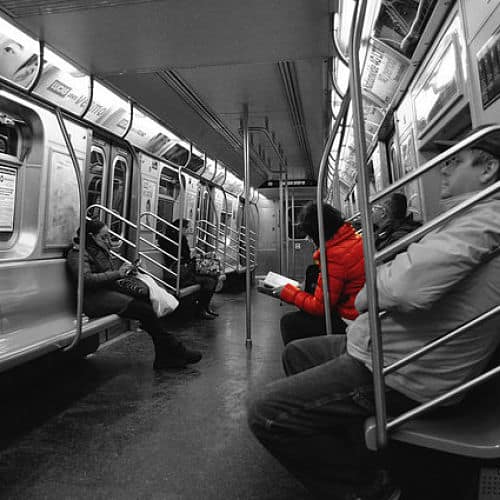This week we continue our thread on fieldnotes via four posts that all in their own way elaborate this thread’s overarching theme: journey.
As is familiar to all anthropologists, the notion of doing fieldwork is almost synonymous with travelling. Yet increasingly, as we also know well, instead of the traditional passage from one geographic location to another, this journey is much more subtle and without clear external identifiers.
Be it ethnography at home, autoethnography or para-ethnography – to mention just a few recent articulations – our ethnographic journeys are becoming increasingly diffused with our everyday lives and selves. Consequentially both us, the anthropologists, and our informants struggle at times to deduce just what is the border between the scholar and the ‘real’ person, be it a friend, neighbour or ‘social animal’, as articulated by Priya Swamy in her post.
Yet, thinking of the longer tradition of anthropology, the novelty of these questions is only partial. Rather, the relationship of the anthropologist and her informant has always been a vicarious mixture of objective interest and personal engagement, and the drawing of exact boundaries has often been challenging despite of the geographic journey that may have accompanied the scholar’s initial entry to her fieldsite.
Simultaneously it does feel accurate to note that, as these posts show, we are at present encountering circumstances that are genuinely new – after all, very few of our professional ancestors conducted fieldwork in the contexts that they called home, among people of the very same social groups that they belonged to.
What then defines the anthropologist when all sense of ‘the exotic’ is gone and by all external criteria the scholar and the informant are alike?
This question is also a familiar one – one that we have repeatedly considered also at Allegra. Simultaneously it is a question worth highlighting as it summarises one of the central challenges that ethnographers of these ‘new’ contexts face.
It is also a question that deserves broader collective attention as satisfactory answers hold importance for another shared quest:
How can we anthropologists, particularly in the face of ongoing global funding cuts, find increasingly vocal articulations for the societal relevance of our scholarship in ways that are both understandable and persuasive?
With these questions and themes in mind we open this week with a two-tiered post by Mina Baginova on her ongoing research from Chile. The first part of her post offers an ethnographic vignette in AVMoFA-style that forms a crucial part of her research: the types of shoes that one chooses.
What relevance does selection of footwear hold for research on social movements and why? Well – read for yourselves.
She elaborates this vignette with a short description of ‘radical imagination’, a concept that has become a central analytical tool for her fieldwork of these social movements, and also echoes the spirt of a ‘journey’.
After treading on foot, we join Amina Tawasil on a hot bus ride in Tehran via an ethnographic glimpse that concretizes different notions of learning – and also why taking a bus as a mode of transportation can be an important methodological choice.
In her post Amina Tawasil opens up also a discussion of informant identities and her relationship to them as she discusses the differences in between her personal friends and local informants; differences also reflected on their favoured choice of transport.
Priya Swamy elaborates these questions in her post on Thursday as she continues her discussion on fieldwork among Hindus in Amsterdam. How does one maintain the border in between ‘professional’ and ‘personal’ when the everyday space that the scholar inhabits is thoroughly shared with one’s informants, as is the personal diasporic family background as is the case for her? What kind of consequences do these subtle interactions have on scholarly analysis?
We conclude this week with another ethnographic glimpse – this time from the metro. Sonja Trifuljesko continues her fieldnotes by sharing both a passing conversation as well as a recording of being ‘on the go’. In a few weeks she will accompany these glimpses with a more analytical take as we conclude our series of fieldnotes.
We invite you, our dear Allies, to join our collective journey once again, and hope that you will enjoy the ride! We know that we do!





